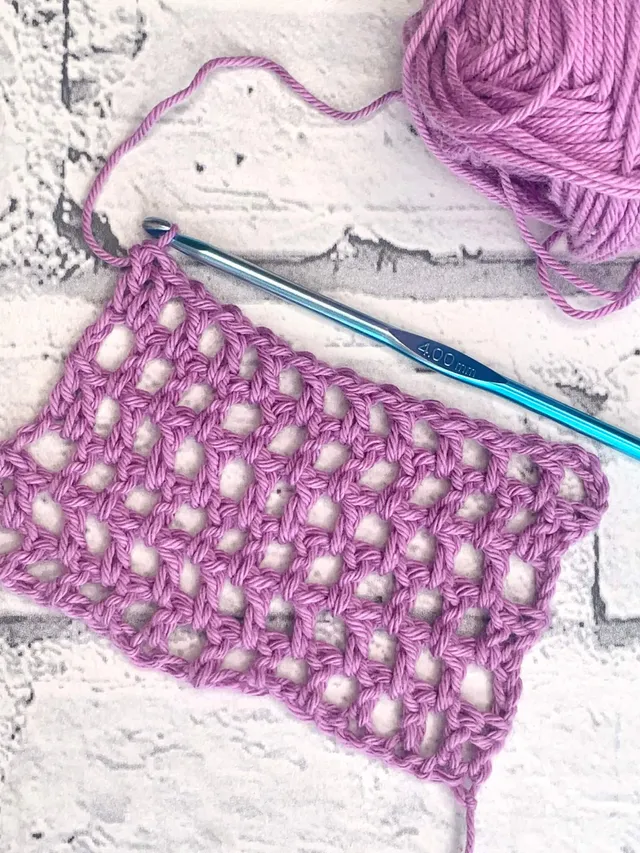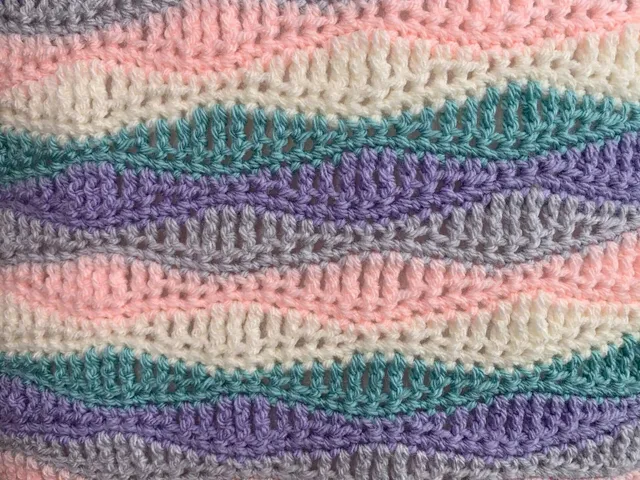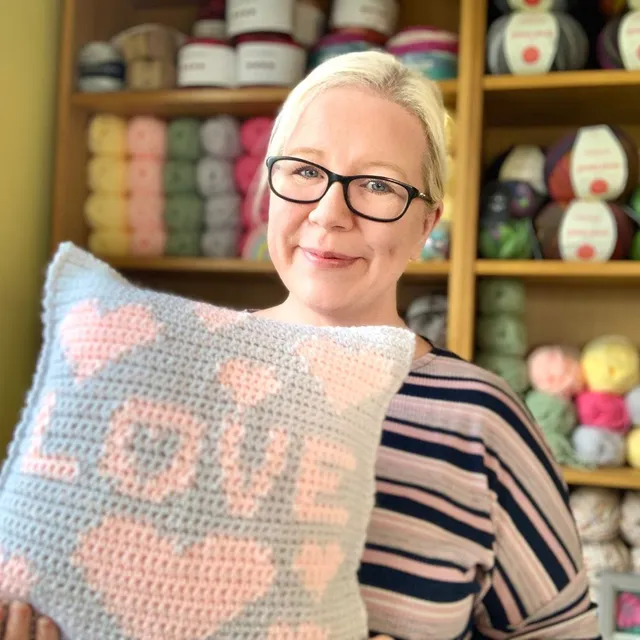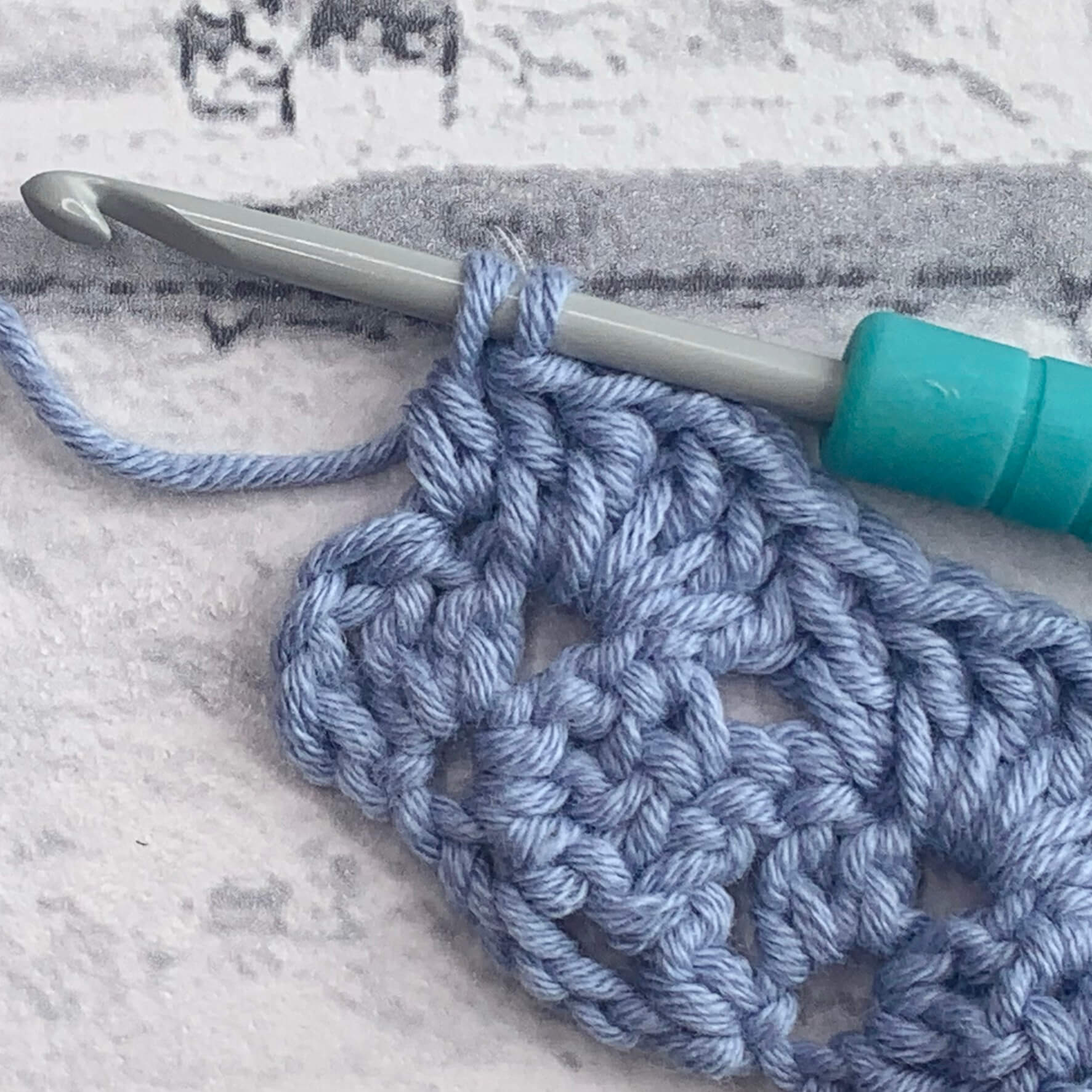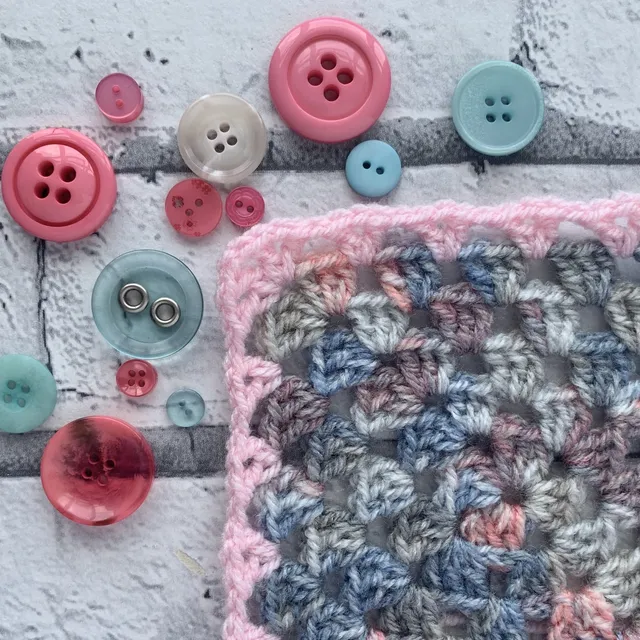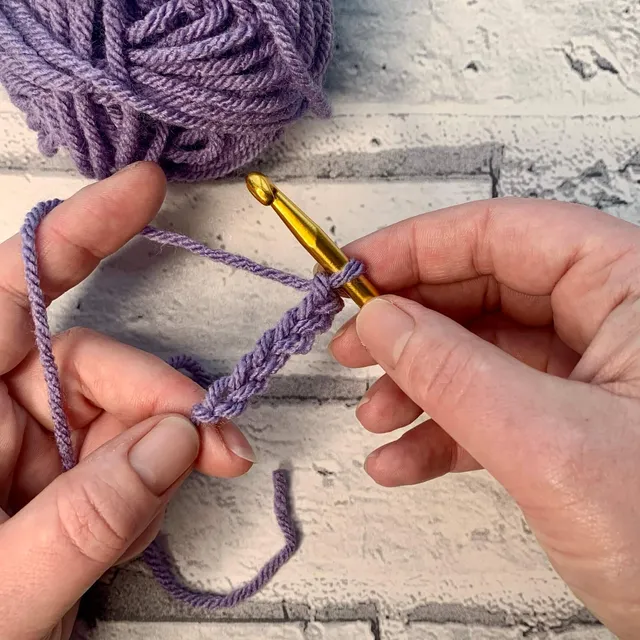How to Wash Crochet Items
After all your hard work stitching up your crochet projects, knowing how to wash crochet items and keep them looking and feeling great is as important as weaving those ends.

How to wash crochet projects
We spend so long stitching up our projects, from those cute ami projects through to blankets and garments – we want our hard work to last a lifetime – and that means we need to know how to care for them properly.
Today, I’m going to share my top tips for washing and drying your projects to ensure they can be enjoyed forever!
The first thing to consider before washing your project is whether or not you have the yarn label, as every wool and yarn will have different care instructions. If you no longer have the yarn details, don’t worry – there are some general rules you can follow that will help prevent the worst case scenarios or stinking or stretching, but you might not like them.
There are some common questions that are asked a lot by people looking to learn how to wash you crochet items:
- Can you machine wash crochet items?
- YES – depending on the fibre the crochet project was stitched up in. Avoid machine washing projects that have been stitched in 100% wool as the movements in the washing machine can cause the fibres to rub together and cause shrinkage!
- Synthetic fibres have been designed to be machine washable – Always make a swatch in the specific yarn you are washing before you wash your project in a machine
- Pop your project into a mesh laundry bag to avoid it being thrown around too much in the machine
- Is it safe to wash crochet blankets?
- As with all projects, check the yarn band for the recommended instructions – if it has been made with acrylic or other synthetic fibres, it will likely be fine in a machine – keep an eye out for those animal fibres, or blended yarns, as they can shrink if not washed correctly.
- Will washing a crochet blanket make it softer?
- If your finished project such as a blanket is stiff, you can soak the project in an appropriate fabric softener prior to washing it on a gentle cycle – always follow the recommended care instructions on the yarn band.
Please note all washing machines differ. Cosy Rosie UK cannot be held responsible for items damaged by washing in a machine.
Understanding Wool Care Symbols
Taking time to read the yarn label can save a lot of guessing and will help you work out how to wash crochet items, as the symbols used on fibre is standardised across the world which means you can wash your crochet with confidence. If you don’t have the washing instructions from the yarn band, always select the gentlest way to wash your crochet items.
Below you will find the most commonly used symbols.
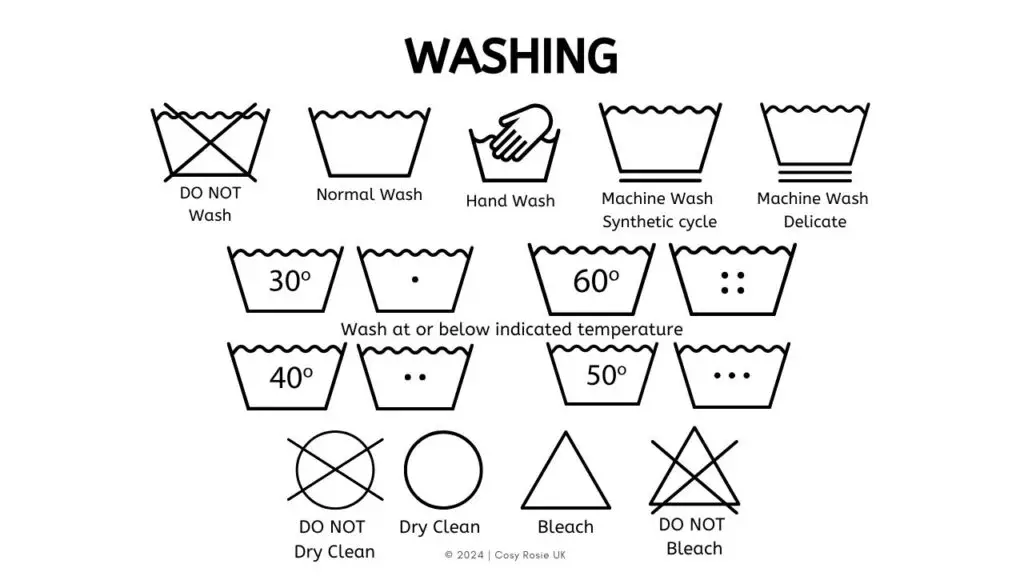
Top Tips for Machine Washing Crochet Items
It’s recommended to only wash on 30 or less to save on energy and I would always recommend using a delicate wash for any handmade item in the machine, even if it isn’t stated! Take time to make a swatch in the specific yarn you are washing before you wash your project in a machine.
Chose the Right Detergent
Ideally, you will handwash all your crochet items, in lukewarm water, soapy water that is no hotter than 30 degrees, by soaking it for 5-15 minutes, before removing and gently squeezing the soapy water out and then rinsing until all the soap is removed.
When selecting the right soap or detergent for the job, look for ones that have the Woolmark Symbol on them as they are designed specifically to use for handwashing and for use on animal fibres with great results.
I highly recommend Eucalan Delicate that is perfectly suited for crochet items – plus it is a no rinse formula saving you time and water! Plus I love the scent of jasmin – a little goes a long, long way!

Top Tips for Drying Crochet Items
How you dry your projects is just as important as washing – your wet projects can retain a lot of water, but never wring them.
Place the rinsed project on a flat towel, roll it up with your project inside and press the towel to remove as much of the excess water as possible – this will help speed up the drying process.
Always lay your project to dry flat! The weight of the water in your project can cause it to stretch or become misshapen if you hang to dry.
Swap out the towel for a dry one, position and reshape your project on the dry towel (pin where necessary to maintain correct size) and leave for 12 hours. Turn the project over after 12 hours to allow the other side of the project to dry, changing for a dry towel as required.
Another way to speed up the drying process is to put your washing machine’s spin cycle to use – pop your project into a mesh laundry bag, on a spin cycle of less than 800 rotations and it will help remove even more of the water retained from washing.

Top Tips for Ironing Crochet Items
DON’T iron your projects!
No matter what the label might say, just don’t do it! Applying direct heat or steam to your crochet project will flatten your stitches, melt acrylic yarn and much worse!
If you have a crease in your project, you can iron with a towel between the project and the iron, but stay low on the heat of the iron and avoid it wherever possible.
Other Crochet Project Care Tips
- Store your garment and projects flat – using a hanger will allow the fibres to stretch and could leave marks in your projects.
- Banish the Bobbles – lint is created by friction where the materials rub together. Treat yourself to a Lint Remover and shed those bobbles, bringing your project back to life
- Sort that Storage – it’s recommended to store your heavier winter garments and blankets away during the summer months, when they are not in regular use. Give them a good clean, make sure they are dry, and add in some cedar balls for those animal fibre projects to prevent moths having a munch. Add dried lavender in sachets for a fresher scent when you bring them back out of hibernation.
I’d love to know how you wash your crochet items and if you’ll be sticking to handwashing or giving the machine a go in the near future.
